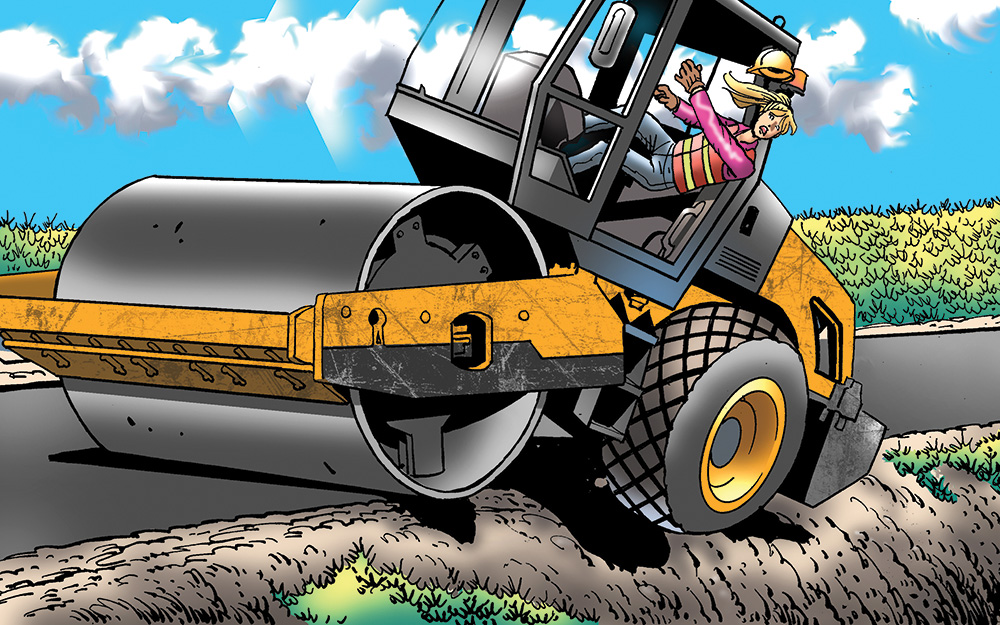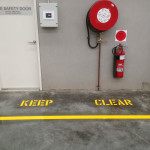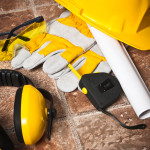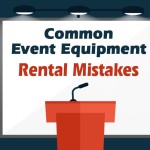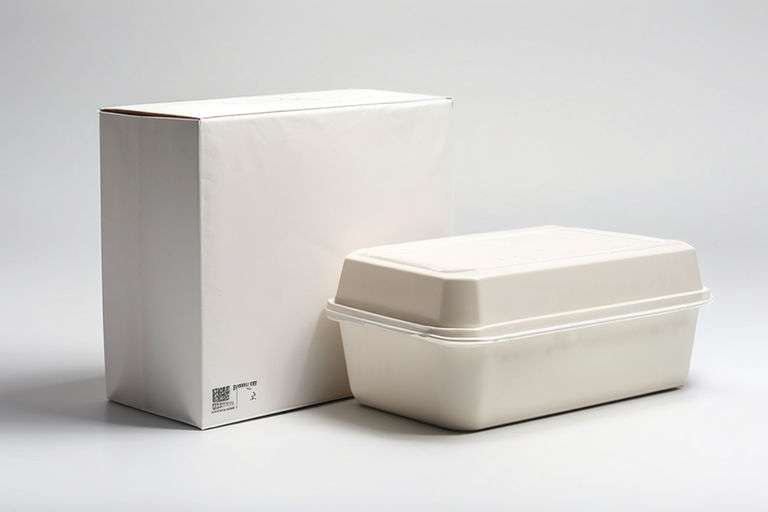Working in environments where heavy equipment is used on a daily basis can be quite dangerous. Whether it is a construction site, a factory, a hangar in the airport, trenching, mining or an oil field, you must always take safety measures. You cannot assume that it’s safe just because there hasn’t been any incident. Staying safe must be a priority if you work in such environs. The following safety tips and measures will help keep you safe and protect you from possible harm or danger.
Beware of Wet Floors
Wet floors are a constant threat in factories where water and other liquids are used for the production of goods and products. It is one of the common causes of slip and fall accidents in the workplace. As an employee, you need to consistently be on the lookout for spillages and wet floors caused by leaking tanks, drums, or pipes, and report it as soon as you see it. Skirting around or avoiding it may keep you safe, but may end up hurting others.
Always Have Your Personal Protective Equipment (PPE) on at the Site
Companies that frequently use heavy machinery will need to provide its staff with personal protective equipment. This is meant to keep you safe and in the event of an accident, probably reduce the damage and, in more hazardous environments, keep you alive.
The typical safety gear includes hard hats which protect your head in the event of falling debris or objects, eye goggles with side shields for protecting the eyes, very dark eye goggles for protecting the eyes from the direct glare of intense light, gloves which could be chemical protective gloves or heavy duty leather gloves, safety boots (preferably ANSI standard), and nose masks (preferably P95, R, or N) if necessary.
Take General Precautionary Measures
You must always be conscious of your environment and take precautionary measures. Caution is everything as it can save your life. If you’re working with cranes or lifting machines, make sure that your load capacity is within the stated weight limits. Exceeding the limits can result in the damage of the equipment and subsequent accidents at the workplace. The same goes for scaffolds and hoists. Avoid placing more weight on or in them than they are built to take.
Make sure that you’re consistently alert, even when the machines are not being used. Avoid standing or staying in locations where you’re not visible to the heavy machine operators. Frequently check the machine and carry out routine maintenance. Replace or repair all faulty parts or components immediately.
If you’re a heavy equipment operator, always turn the reverse alarm on when you’re reversing the machine, or use a horn to indicate your approach. Watch out for a faulty brake system, headlights, brake lights, or tail lights. NEVER rest or lounge against any heavy duty machine.
As an additional safety measure, don’t wear any free flowing clothing. It could get caught in a machine and drag you in. All heavy duty machines and equipment should be protected at the top and sides – a shielded compartment – to protect the operator from falling debris or machine rollover.
Health Precautions
All road construction or paving firms should always make sure that their workers are protected from asphalt fumes, tar and bitumen. In the event of rock blasting, all workers should clear the area to a safe distance and the explosive device – usually dynamite – detonated only when it’s 100% safe.
Companies working with chemicals should provide their workers with the appropriate masks. The same goes for workers on sites with a lot of dust-generating activities. The dust particles from all such activities can typically result in respiratory diseases like lung cancer, lung irritations, silicosis, and even asthma. Minimize the dust generation by constantly spraying the site with water or mist.
When not writing articles, Oscar King works as a safety coordinator for a construction firm based in Orlando. To help keep everything organized and within OSHA regulations, he recommends using the tools provided by eCompliance Management Solutions Inc. You can find more examples of his work through Google+.
Sources:
https://www.osha.gov/SLTC/etools/hurricane/heavy-equip.html
http://www.mysafetysign.com/blog/staying-safe-around-heavy-equipment/
https://www.osha.gov/SLTC/etools/hurricane/sheets.html
Additional Videos:
Internet is a great resource for safety demos and tips. Here we found a nice video from Toyota Equipments which we think might inspire you to pay more attention to safety.







